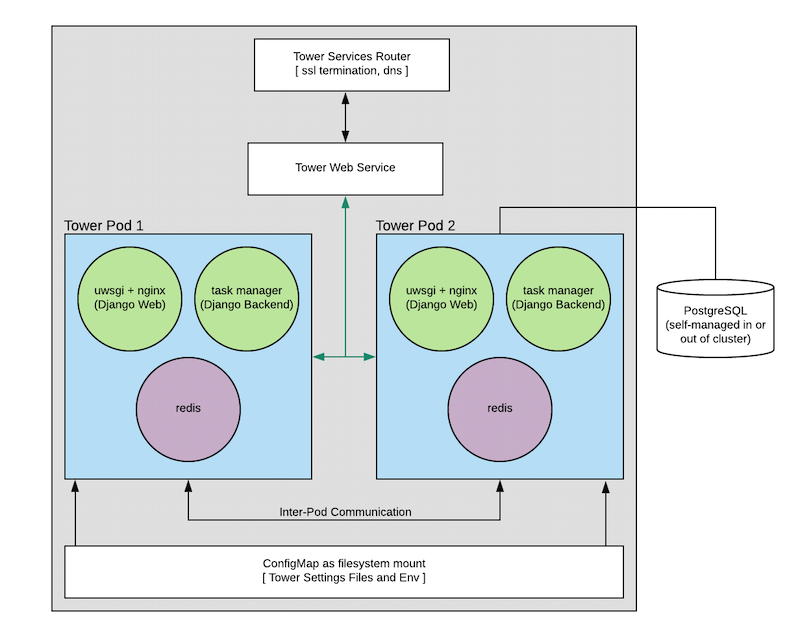Note
This API is intended for internal Ansible use. Ansible may make changes to this API at any time that could break backward compatibility with older versions of the API. Because of this, external use is not supported by Ansible. If you want to use Python API only for executing playbooks or modules, consider ansible-runner first.
Ansible Runner is a tool and python library that helps when interfacing with Ansible directly or as part of another system whether that be through a container image interface, as a standalone tool, or as a Python module that can be imported. The goal is to provide a stable and consistent interface abstraction to Ansible. The Top 2 Python Ansible Runner Open Source Projects on Github. Topic Ansible Runner.
There are several ways to use Ansible from an API perspective. You can usethe Ansible Python API to control nodes, you can extend Ansible to respond to various Python events, you canwrite plugins, and you can plug in inventory data from external data sources. This documentgives a basic overview and examples of the Ansible execution and playbook API.
If you would like to use Ansible programmatically from a language other than Python, trigger events asynchronously,or have access control and logging demands, please see the AWX project.
Note
Because Ansible relies on forking processes, this API is not thread safe.
This example is a simple demonstration that shows how to minimally run a couple of tasks:
Note
Ansible emits warnings and errors via the display object, which prints directly to stdout, stderr and the Ansible log.
The source code for the ansiblecommand line tools (lib/ansible/cli/) is available on GitHub.
See also
Developing dynamic inventory integrations
Getting started on developing a module
Ansible Runner Python 3
How to develop plugins

Mailing list for development topics
Python Ansible Runner Pdf
#ansible IRC chat channel